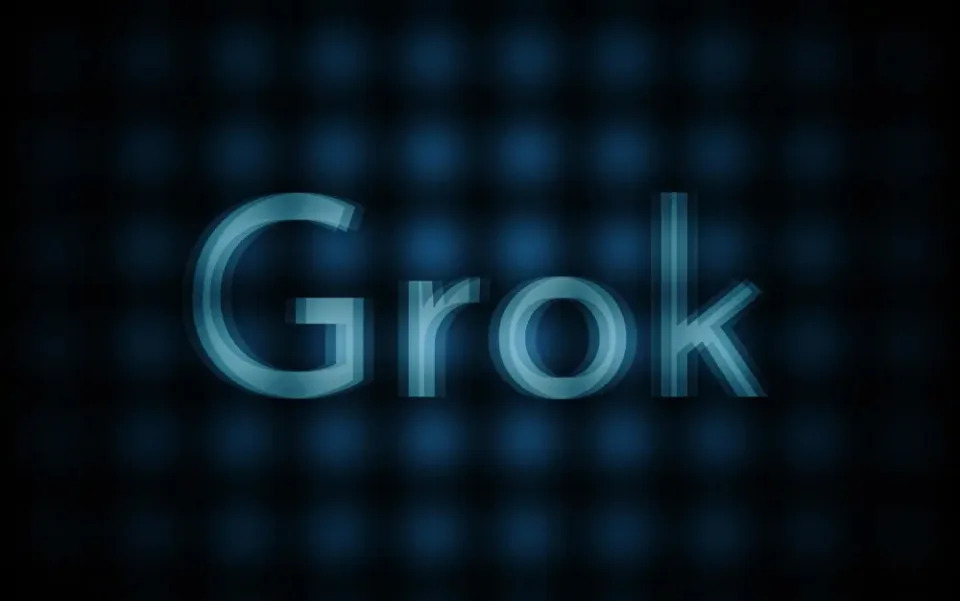Unveiling Aurora: The New Image Generator
Over the weekend, Grok users were introduced to a new image generator called Aurora, promising photorealistic results. However, just as quickly as it appeared, it vanished, leaving users intrigued by its capabilities. Let’s delve into the brief encounter with Aurora and explore its potential impact.
The Aurora Experience
On Saturday, Grok users excitedly discovered Aurora in their model selection menu, labeled as “Grok 2 + Aurora (beta).” Yet, by Sunday afternoon, it was replaced by “Grok 2 + Flux (beta),” hinting that Aurora may have been prematurely released. Despite its short-lived presence, Aurora garnered attention for its image generation prowess.
In response to a user sharing images of Tesla’s Cybertruck created with Aurora, Grok acknowledged it as their internal system, emphasizing its beta stage but promising rapid improvements. This swift evolution echoes Grok’s recent rollout of image generation features, albeit with certain limitations.
Prior to Aurora, Grok’s image generator faced criticism for its lack of content restrictions, enabling the creation of potentially offensive images. Aurora seems to follow suit, as users experimented with prompts that pushed boundaries, such as generating a “bloodied [Donald] Trump” image.
While Aurora showcased its ability to render public figures and copyrighted characters with ease, it drew a line at producing explicit content, maintaining a degree of decency. Despite its brief stint, Aurora left a mark on users, sparking creativity and curiosity.
Conclusion
Aurora’s fleeting appearance on Grok’s platform offered a glimpse into the future of image generation technology. As advancements continue to refine these tools, users can anticipate even more sophisticated and responsible applications. While Aurora may have vanished for now, its impact lingers, prompting discussions on the ethical and creative boundaries of AI-generated content.
FAQs
1. What is Aurora?
Aurora is a new image generator introduced to Grok users, known for its photorealistic output and rapid development potential.
2. Why did Aurora disappear so quickly?
Aurora’s sudden disappearance from Grok’s menu suggests that it may have been released prematurely, prompting its replacement with another feature.
3. What limitations did Aurora have?
While Aurora excelled at generating various images, it refrained from producing explicit content, maintaining a level of decency in its output.
4. How did users react to Aurora?
Users embraced Aurora’s capabilities, experimenting with different prompts to test its boundaries and unleash their creativity.
5. What sets Aurora apart from other image generators?
Aurora’s focus on photorealism and rapid improvement distinguishes it from its predecessors, showcasing a promising future for AI-generated images.
6. Will Aurora make a comeback?
While Aurora’s future on Grok remains uncertain, its impact on users and the conversation around image generation technology is likely to endure.
7. Can Aurora be accessed by non-paying users?
The availability of Aurora for non-paying users is unclear, but Grok’s evolving features may offer opportunities for broader access in the future.
8. What are the implications of Aurora’s brief appearance?
Aurora’s brief stint highlights the dynamic nature of AI technologies and the importance of responsible development and deployment in the digital landscape.
9. How can users leverage Aurora’s potential?
For users interested in exploring Aurora’s capabilities, staying updated on Grok’s developments and future releases may offer insights into harnessing this innovative tool.
10. What’s next for image generation technology?
As image generation technology continues to evolve, users can expect more advanced features, ethical considerations, and creative possibilities to shape the future of visual content creation.
Tags
Tags: image generator, AI technology, Grok, Aurora, photorealism

